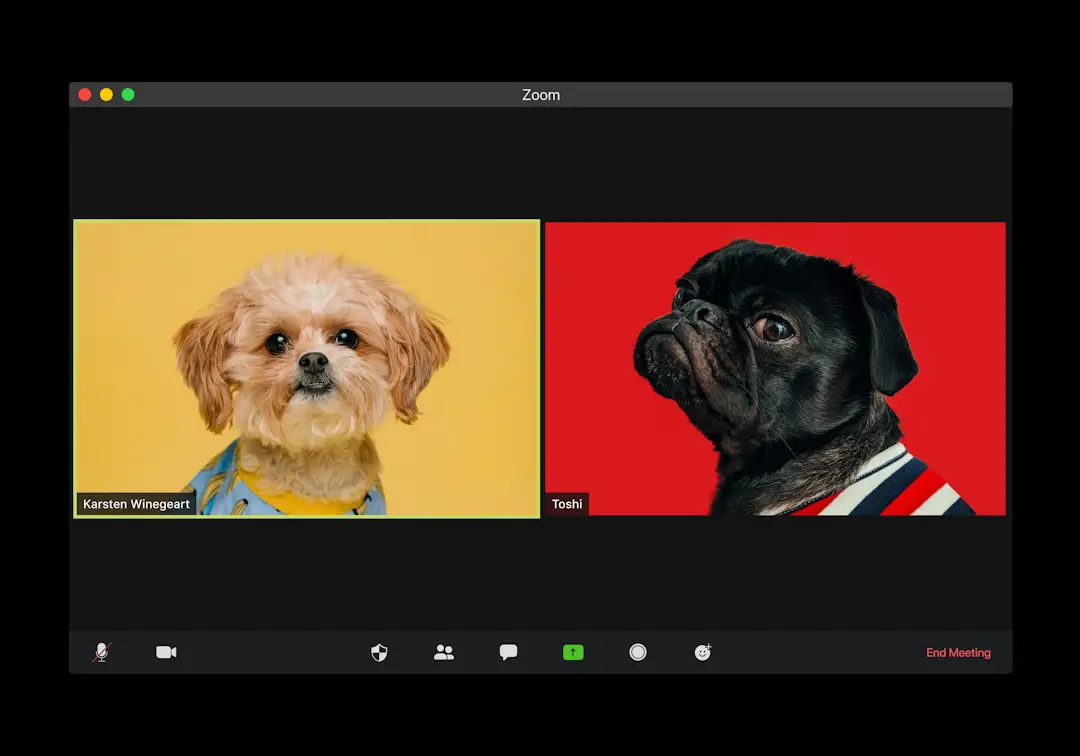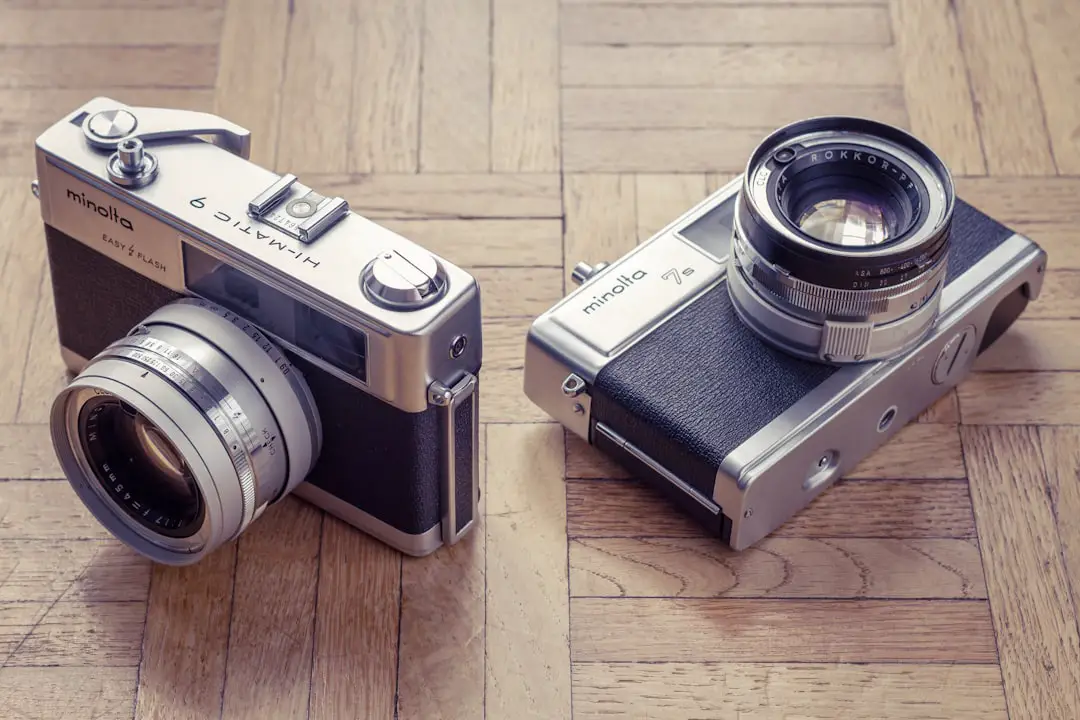Ever waited too long for a website to load, only to find out it was just the images taking forever? Yep, we’ve all been there. The internet is fast — unless your images aren’t. That’s where Speed-First Imagery comes in. In this article, we’ll explore three cool ways to make images load faster: AVIF, lazy loading, and intrinsics. They’re a big deal for performance. Let’s break it all down, one bite at a time.
Meet AVIF — The New Kid on the Image Block
What’s AVIF? It’s short for “AV1 Image File Format.” Pretty techy, huh? But all you need to know is:
- It compresses images really well.
- It makes tiny files that still look amazing.
- It supports transparency and HDR.
- It’s way better than JPEG or PNG for speed.
Let’s compare. A standard JPEG might be 200 KB. That same image in AVIF? Around 50 KB — with the same quality. Less data = faster loads.
Oh, and did we mention it’s supported by most modern browsers like Chrome, Firefox, and even Edge? That’s a win.
Pro tip: Always load AVIF first, but have a fallback just in case. Here’s how you can use it in HTML:
<picture>
<source srcset="image.avif" type="image/avif">
<img src="image.jpg" alt="Cool Image">
</picture>
See that? If the browser supports AVIF, it grabs it. If not, it falls back to the JPEG. Smart and speedy.

Too Much, Too Soon? Lazy Load It!
Lazy loading is like saying, “Hey browser, chill. Load the images when they’re actually needed.”
By default, your browser tries to load all images right away, even the ones way down at the bottom of the page. But that’s just a waste if the user never scrolls. Lazy loading fixes that.
It’s super easy to implement. Just add loading="lazy" to your image tag. Like this:
<img src="kitten.jpg" alt="Cute kitten" loading="lazy">
Done. That’s all it takes. Now images only load when they’re about to be seen. Less work for your browser means faster pages for everyone.
Lazy loading is especially helpful if your page has:
- Lots of images
- Big image files
- Users on mobile devices with slower connections
Heads up: Older browsers might not support it. But for most users, it’s a massive speed boost with zero complexity.

Okay But… What Are “Intrinsics”?
This one sounds a bit mysterious, but it’s simple, we promise.
Intrinsic sizing means giving your images their natural width and height right in your HTML. Like this:
<img src="profile.jpg" alt="Profile Pic" width="300" height="300">
Why does this help?
- The browser knows how much space the image takes up.
- This stops layout shifts — when things jump around as images load.
- It makes the whole page feel smoother.
Google even gives you better scores for this in Lighthouse. That means better SEO. More visitors. More love.
Want it to be responsive? Use width and height in HTML, then control actual display with CSS like max-width: 100%. That way, it adapts but still reserves space.
Modern sites often combine this with aspect-ratio in CSS to keep the layout tight and tidy.
Let’s Put It All Together
Ready to make your fastest image ever? Here’s a sample:
<picture>
<source srcset="hero.avif" type="image/avif">
<img src="hero.jpg" alt="Hero Image" width="800" height="600" loading="lazy" style="max-width: 100%; height: auto;">
</picture>
Let’s break that down:
- AVIF? Check. Small and fast.
- Lazy loading? Yep. Waits until needed.
- Intrinsics? Absolutely. Prevents layout shifts.
This trio is powerful. It makes your site smoother, faster, and more enjoyable.
What About Real-World Results?
Switching your site images to AVIF, enabling lazy loading, and defining intrinsics can:
- Cut image load time in half — or more!
- Reduce total page size by 30–70%
- Improve your Google PageSpeed scores
- Make your visitors stick around longer
It’s not just for big tech sites anymore. If your website has images (and it probably does), this matters.

Troubleshooting & Tips
Let’s iron out a few common snags:
- AVIF Isn’t Displaying?
Make sure your server sends the correct MIME type:image/avif. - Layout Shifts?
Double-check yourwidthandheight. Don’t leave them out! - Lazy Loading Isn’t Working?
Make sure images aren’t too close to the top of the page. Those might load right away anyway.
Wrapping Up – Faster Images = Happier Users
We live in a quick-tap, scroll-fast world. Users want instant results, and slow images can ruin the vibe. But with a modern trio like:
- AVIF — smaller, faster images
- Lazy Loading — on-demand image delivery
- Intrinsics — smooth layouts and no weird jumps
You’re not just building a faster site. You’re building a better one.
So go ahead. Embrace speed-first imagery. Your visitors — and your Google rankings — will thank you.
